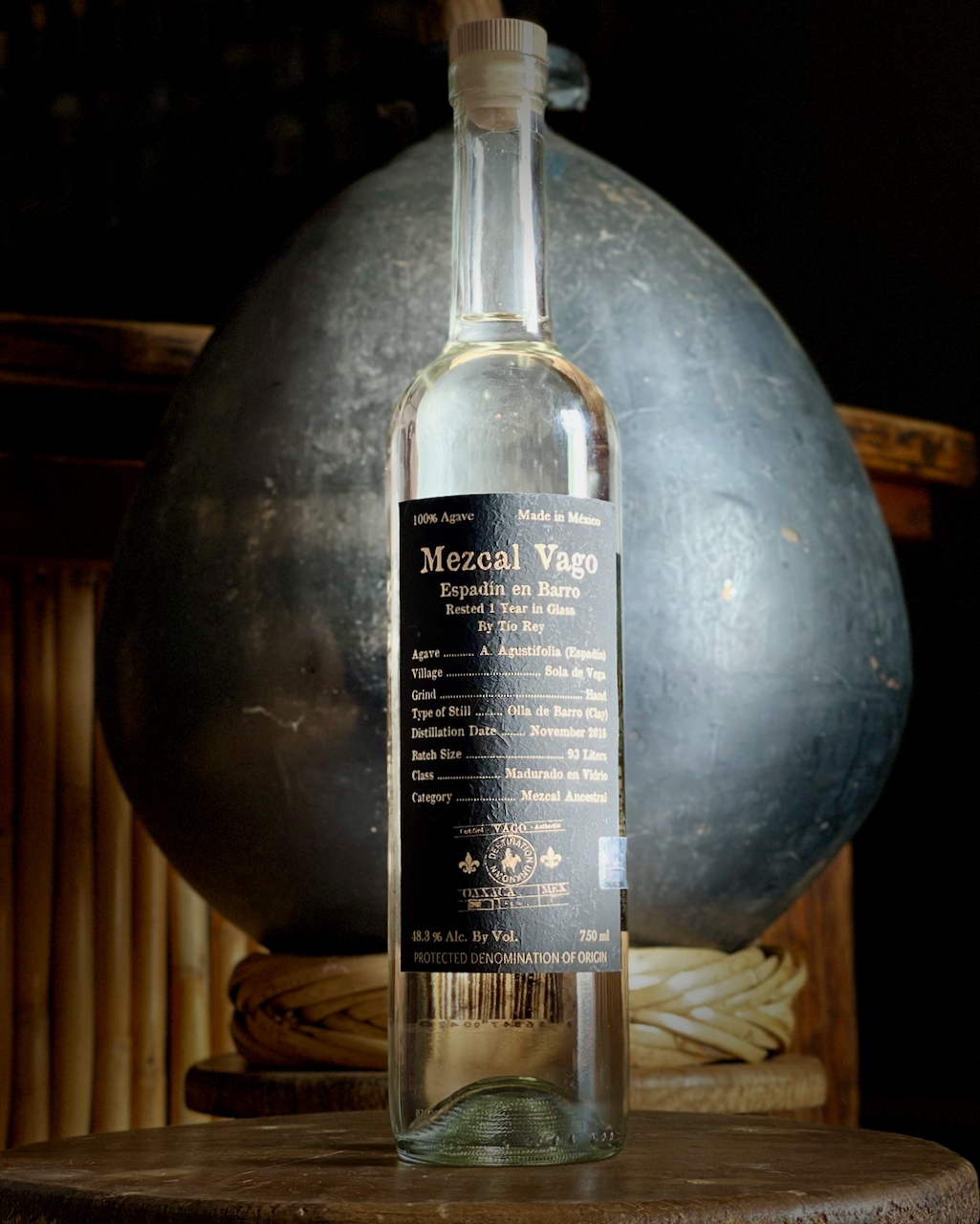Aquilino’s Mezcals has a definite style. Bright, clean and bold without too much smoke. They have less bottom end (tails) than other Mezcal lines, due in part to his “narrow” cuts on the still.
All of Aquilino’s Mezcal goes through a simple triple sediment filtration through tubular cellulose filters. The bottling is done by hand is in Oaxaca City. The light filtration is the only way the Mezcal is affected between when it was made on the palenque and how it ends up in the bottle.
Glossary
Colas - The last portion of the distillate, or tails. This contains your lower alcohols and heavier compounds, such as acetic acid and ethylactate. (Cedeño Cruz & Alvarez-Jacobs)
Ensamble- A blend of different agaves that are pit-roasted, crushed, fermented and distilled together as one single batch.
Mosto - A fermented blend of agave fiber, juice, and water.
Ordinario - First run distillate.
Palenque - A small production facility where mezcal is produced. Also referred to as a vinata or taverna in other parts of Mexico.
Tahona - A large stone wheel that weighs several tons used to crush agave in order to release the juice. Traditionally pulled by a mule, horse, or some other beast of burden, more modern techniques use a tractor or mechanized motor.
Tepache - Often used to refer to a fermented pineapple beverage, it is also used to refer to the mixture or agave and water that is fermenting in the palenque.
Works Cited
Cedeno Cruz & Alvarez-Jacobs. Production of Tequila From Agave: Historical Influences and Historical Processes. The Alcohol Textbook: A Reference for the Beverage, Fuel, and Industrial Alcohol Industries. Jacques, Lyons, and Kelsall. Nottingham University Press. 1995.







